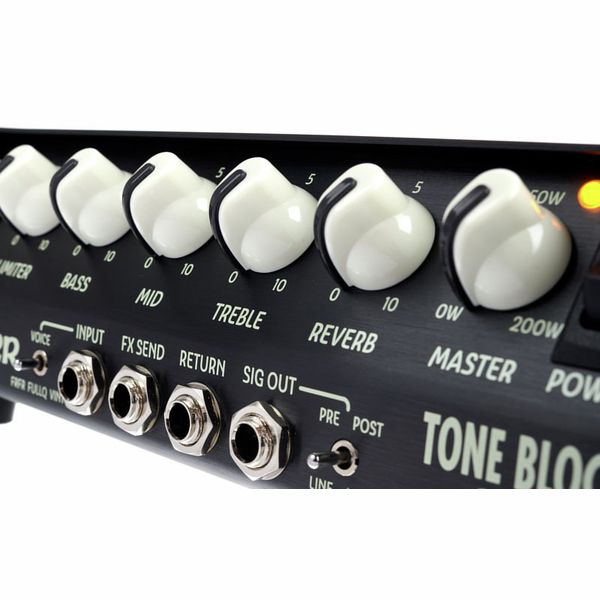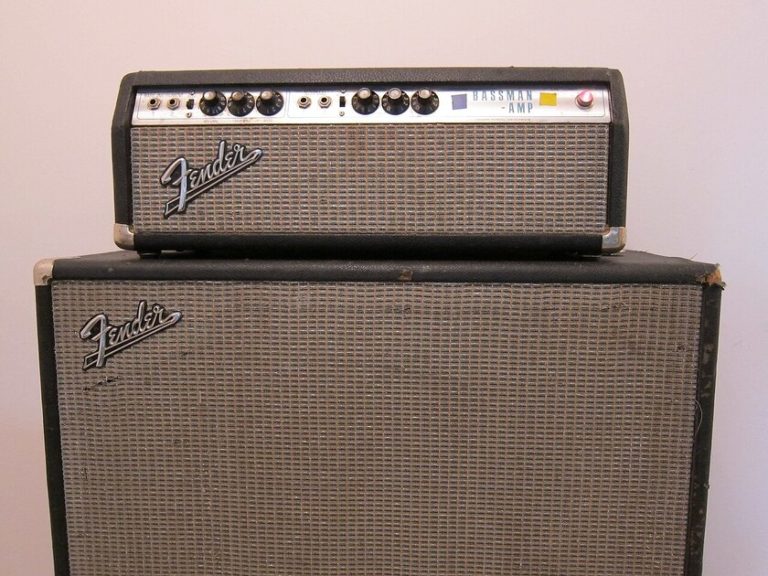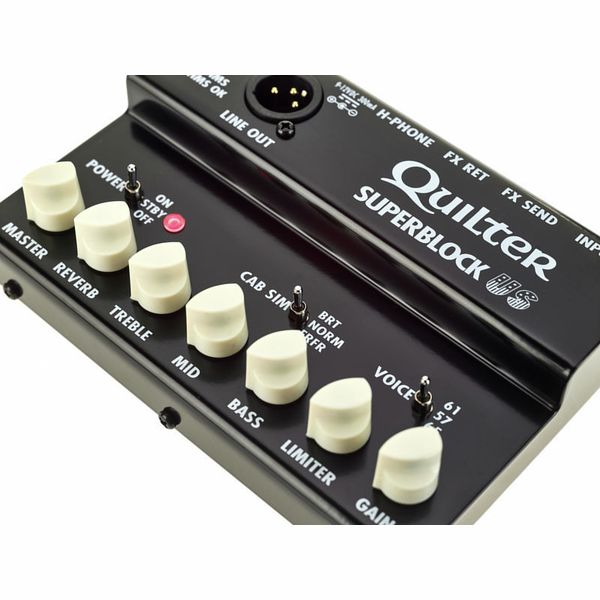What is True Bypass in Guitar Effect Pedals?
With a myriad of guitar pedals available on the market, it’s understandable if guitarists sometimes find themselves perplexed over the small details that differentiate them. One such feature that is often brought up is “true bypass”. So, what exactly is this and why should it matter to you? Let’s delve deep and dissect this critical component in guitar effect pedals.
What is True Bypass?
In the simplest terms, the “true bypass” feature in a guitar pedal implies that when the pedal is switched off, the signal goes straight from the input to the output without interacting with the pedal’s circuitry. Essentially, the signal passes through as if the pedal were not in the chain at all. This is accomplished by using a particular type of switch known as a “3PDT” (Triple Pole, Double Throw).
Conversely, non-true bypass pedals, also referred to as buffered bypass pedals, allow the guitar signal to pass through a buffer circuit when disengaged, which can subtly color or alter the sound. True bypass was developed as an answer to musicians’ concerns about maintaining the purest possible signal when the pedal is not in use.
The Importance of True Bypass
The central concept behind true bypass is the preservation of tonal integrity. It was introduced as a solution to the often unintentional coloring of sound by non-true bypass pedals. The guitar community at large tends to cherish this feature for its promise of a clean, unaltered signal. However, whether true bypass is “better” or “worse” largely depends on the specific needs of the player.
A true bypass pedal, when deactivated, will not contribute any noise or coloration to the overall signal. For those who highly value the pristine quality of their instrument’s signal, true bypass might be the way to go. This is particularly applicable if you’re using a few select pedals that already offer the exact tone you’re after.
Conversely, buffered pedals can be beneficial if your pedal chain or cable run is long. The signal from your guitar degrades as it travels down the length of your cable, especially on higher frequencies, which can lead to a duller sound. A good buffer can restore the high-end sparkle and provide a consistent input impedance to your other pedals, ensuring they behave as expected.
Key Factors to Consider when Selecting a Guitar Pedal
While true bypass is indeed a critical factor to consider, it’s not the be-all and end-all of your decision-making process. There are other critical factors worth evaluating when picking a guitar effect pedal.
- Your Sound: It may seem obvious, but the most crucial factor is how the pedal colors your sound, whether it’s engaged or disengaged. Trust your ears – they’re your best guide. A/B test pedals whenever possible, preferably in the context of your usual gear and settings.
- The Chain: Your pedal chain’s length and the order of pedals can have a substantial impact on your overall sound. A combination of true bypass and buffered pedals might serve you well.
- Quality of the Buffer: Not all buffers are created equal. Some subtly enhance the sound, while others may degrade it. Research and testing can help determine what works best for your rig.
- Pedal Interactions: Different pedals can interact in unique ways. Some pedals may prefer a buffered signal, while others may sound better with the direct output from a guitar. If you’re experiencing a tone issue, try changing the order of your pedals.
- Durability and Construction: Pedals go through a lot, especially during gigs. Solid construction is a must. Additionally, consider how easy it is to replace the switch if it fails, as this is a common issue with pedals.
- Power Requirements: Some pedals require isolated power or draw a lot of current. Ensure your power supply can handle your pedals’ needs to prevent noise issues.
In conclusion, whether or not true bypass is “important” is subjective and depends entirely on your requirements. Many times, a balance between true bypass and buffered pedals will offer the best performance. However, the ultimate decision rests in your hands, or perhaps more aptly, in your ears. It’s essential to understand the principles, experiment with your gear, and let your personal sound guide your choices. As with many things in music and art, there’s no definitive right or wrong – just what works for you.







2 Comments
Comments are closed.